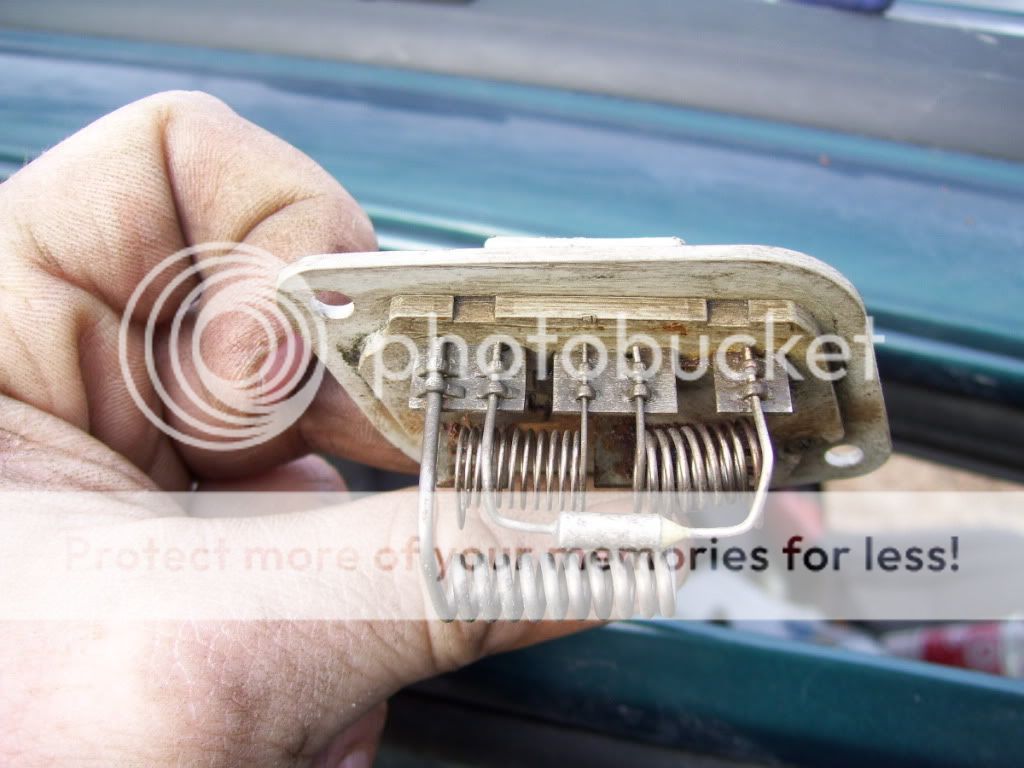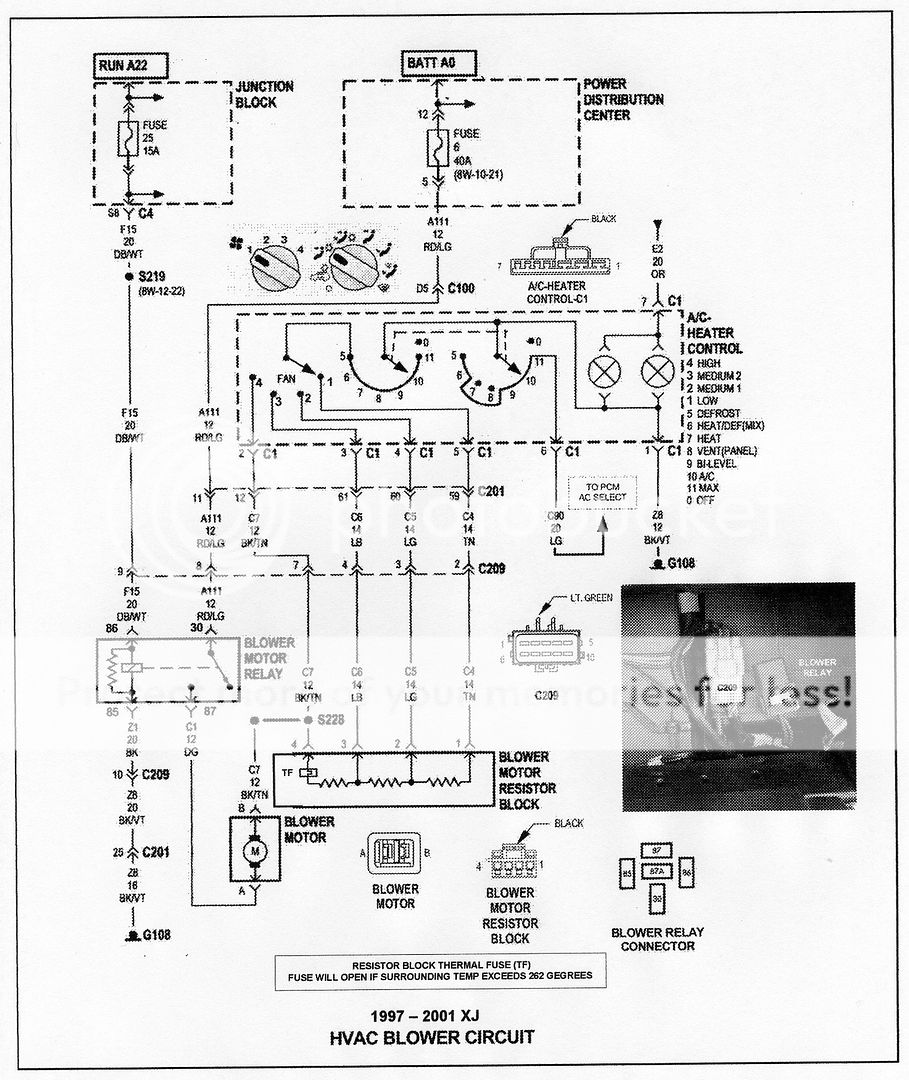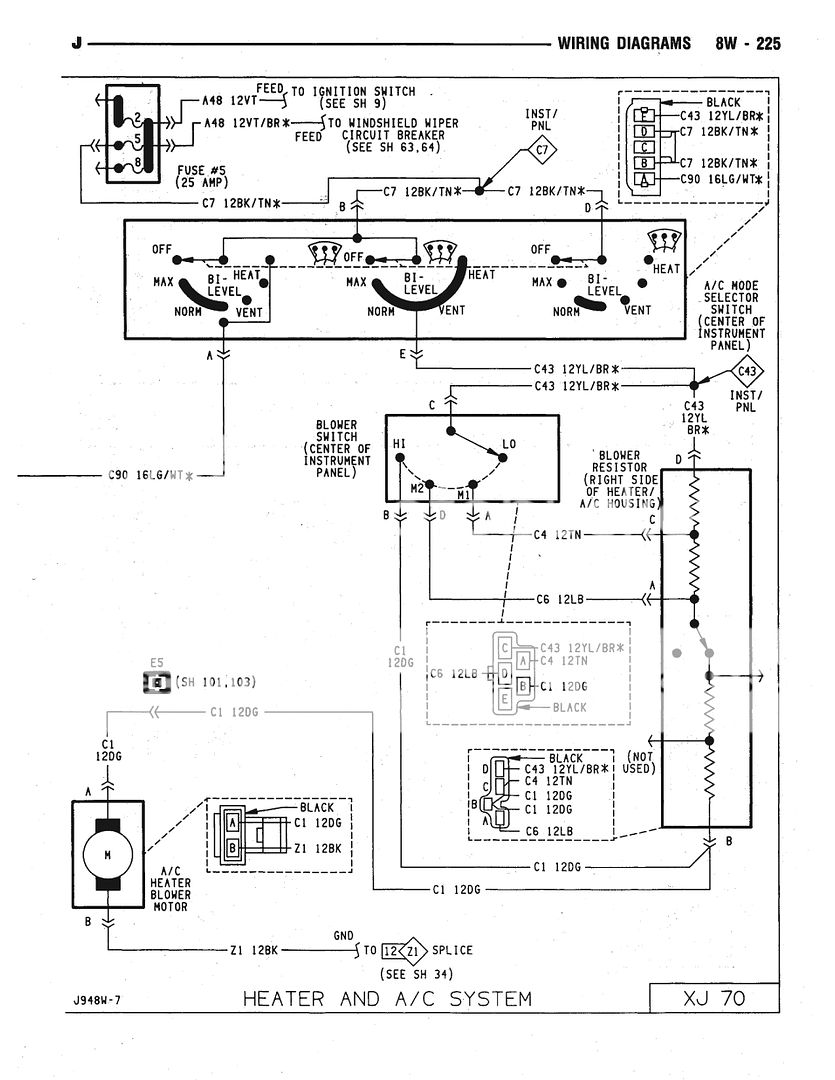TheSloMoShow
NAXJA Forum User
- Location
- Columbus,OH
So I replaced my blower motor today, old one was shot (cage broke, bearing ringing). Shortly after replacing it, I found that only the highest speed setting worked. So, pulled the BMR and replaced with a new one.
I tested it before installing back into the dash, and on the two lowest settings, the resistor coil gets red hot. It starts to smell too.
I know there is some special coating on the resistor coils that burns off primarily, but damn, are these really supposed to get red hot??
I've seen some people comment that it's meant to get hot, and that so long as it's placed in the path of the blower motor's air path all is OK.
But I'm having a hard time believing this.
If it's not meant to get red hot, then I'm at a stand still...
I tested it before installing back into the dash, and on the two lowest settings, the resistor coil gets red hot. It starts to smell too.
I know there is some special coating on the resistor coils that burns off primarily, but damn, are these really supposed to get red hot??
I've seen some people comment that it's meant to get hot, and that so long as it's placed in the path of the blower motor's air path all is OK.
But I'm having a hard time believing this.
If it's not meant to get red hot, then I'm at a stand still...



